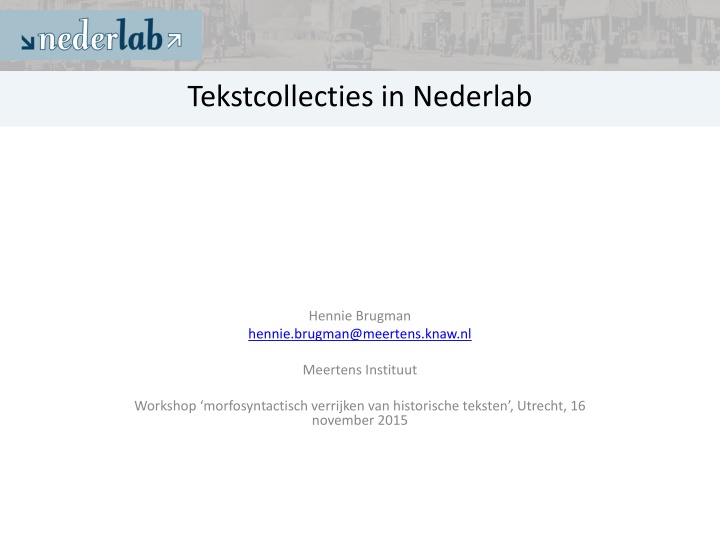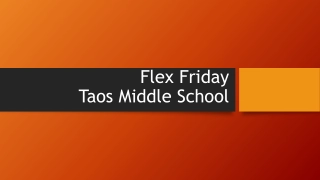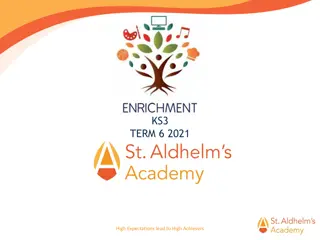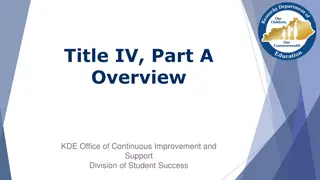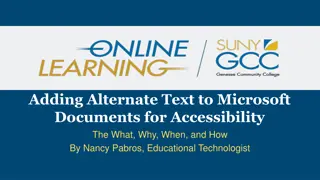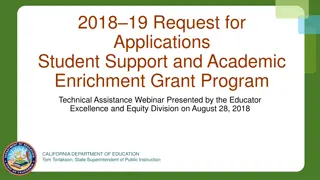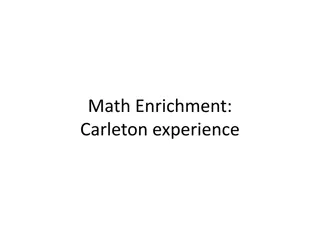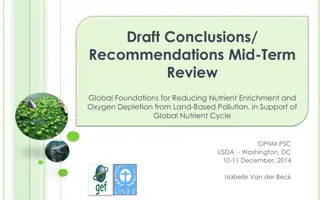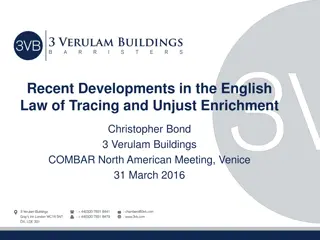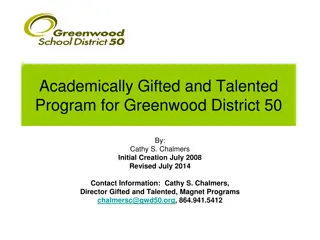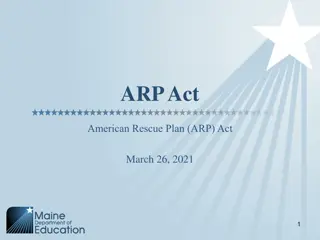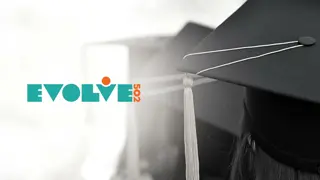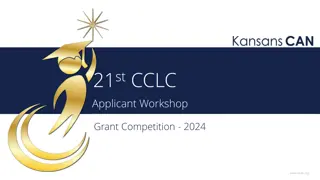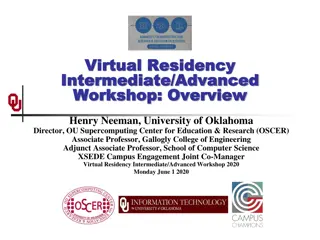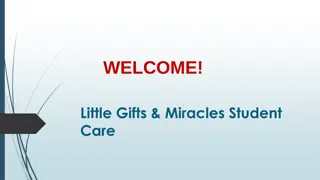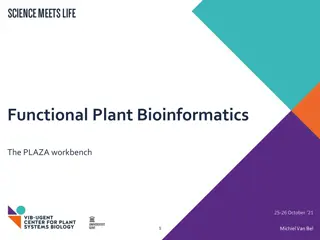Workshop on Historical Text Enrichment
Workshop on morfosyntactic enrichment of historical texts held in Utrecht on November 16, 2015. Introduction to Nederlab project aiming to bring together full text production, analyze historical changes in digitized Dutch and Flemish texts, and provide a user-friendly web interface for scholars.
Download Presentation

Please find below an Image/Link to download the presentation.
The content on the website is provided AS IS for your information and personal use only. It may not be sold, licensed, or shared on other websites without obtaining consent from the author.If you encounter any issues during the download, it is possible that the publisher has removed the file from their server.
You are allowed to download the files provided on this website for personal or commercial use, subject to the condition that they are used lawfully. All files are the property of their respective owners.
The content on the website is provided AS IS for your information and personal use only. It may not be sold, licensed, or shared on other websites without obtaining consent from the author.
E N D
Presentation Transcript
Tekstcollecties in Nederlab Hennie Brugman hennie.brugman@meertens.knaw.nl Meertens Instituut Workshop morfosyntactisch verrijken van historische teksten , Utrecht, 16 november 2015
Introduction to nederlab Started: 2013 ends: 2017 Aims: Bring full text production together Detect and analyze historical changes in digitized Dutch and Flemish texts (800 present) User-friendly and tool-enriched web interface for scholars History, literature, culture, linguistics Most important metadata: time, place, author, genre Enrichment of data by team and by scholarly users Focus on data quality by including an editorial staff
Introduction to nederlab Meertens, Huygens ING, Instituut voor Nederlandse Lexicologie (INL), Radboud Universiteit- Centre for Language Studies Track 1: Scientific embedding Nicoline van der Sijs Track 2a: Infrastructure Hennie Brugman, Jan Pieter Kunst, Rob Zeeman, Matthijs Brouwer Huygens ING team Track 2b:Tools track Antal van den Bosch, Martin Reynaert, Erik Tjong-Kim-Sang Track 3: Data curation Ren van Stipriaan, Ineke Brussee, Dieuwertje Kooij INL team
Introduction to nederlab Currently available through Nederlab 13.5 million titles (articles up to books), 100k persons (mainly authors) Digitale Bibliotheek voor de Nederlandse Letteren (DBNL) High quality metadata and transcribed texts Fully annotated with lemma, pos and entities Complex IPR situation Early Dutch Books Online (EDBO, 1780-1800) OCR text and additional automatically spell-corrected text layer KB newspaper collection, up to 1900 Also used to test scale
Collection workflow 1. Arrangement with collection provider 2. Quality Assessment 3. Specification of mappings 4. Scripting and processing 5. Thesaurus linking 6. Manual curation 7. Automatic spelling correction/normalization 8. Add modern Dutch 9. Standard annotation with frog 10. Indexing and search 11. Make available to end users
1. Arrangement with collection provider Simple, model contract(s) Assisted by KNAW legal department Agreement on technical implementation of this contract Two types of users: anonymous and authenticated academic user
2. Quality Assessment Systematic acquisition of collection information Judgments about quality Based on analysis of document samples QA information is used for Editorial and technical nederlab processes Scientific end users QA Editor
3. Mapping - 1 Nederlab metadata specification Central for our processes, curation efforts and tooling Fully CMDI compliant and documented with CLARIN services Source metadata is mapped to Nederlab metadata, copied or ignored Core Nederlab objects Titles Dependent titles Series titles Persons
3. Mapping - 2 Metadata contains, a.o.: Bundle of identifiers Time, location, authors, genre publication dates, life years, exact or approximated name variations of authors Fields for text and author identification Author and title thesaurus and links contains, series title Availability information per resource text, ticcl, availability of specific annotation layers, ocr-ed or not, etc.
3. Mapping - 3 For text documents Adapt segmentation to nederlab title granularity Extract segments of text to the paragraph level Maintain hierarchical structure Construct FoLiA XML
3. Mapping - 4 Nederlab vocabularies Genres: mapped to Nederlab genre vocabulary, per collection
4. Scripting and processing De facto: custom scripting and processing per collection Labour-intensive Output: Metadata in relational database Text and text annotations in FoLiA store Linked by nederlab identifiers Used for internal tools and indexing proces
5. Thesaurus linking 6. Manual curation
7. Spelling correction/normalization TiCCL Text Induced Corpus Cleanup Improved to better deal with historical texts Tested on sample EDBO documents, see Reynaert, M. (2014), Synergy of Nederlab and @PhilosTEI: diachronic and multilingual Text- Induced Corpus Clean-up , in: Proceedings of the Ninth International Language Resources and Evaluation Conference (LREC 2014), Reykjavik, IJsland. and on the complete EDBO (2015) Conclusions Many old OCR texts are of very bad quality TiCCL improves on this, but quality stays mediocre at best TiCCL works better for more recent texts
9. Standard annotation with frog http://ilk.uvt.nl/frog Tilburg University, Radboud University We restrict ourselves to sentence splitting, tokenization, lemma, part-of-speech, named entities Added to FoLiA XML in our store Quality Depends on quality of base text mediocre to reasonable
10. Indexing and search Search requirements Aggregation in one (virtual) central index, federated is not feasible Metadata plus full text plus complex patterns over annotation layers, refine in any order Document counts, term counts, pattern counts, facet counts (over large result sets) Statistics Term vectors over arbitrary result sets Scalable to VERY large numbers Multiple cores, sharding
10. Indexing and search - 2 Current online version Lucene and SOLR based Metadata and full text No annotation search, no term counts over result sets yet Web API : search broker Mix in additional services (historical lexicon service), join functionality Results filtered to implement IPR policy
10. Indexing and search - 3 Annotation search BlackLab (INL) WhiteLab (OpenSoNar, OpenCGN) MTAS (multi-tier annotation search, CLARIAH project) We exchange information, knowledge and code, and aim for cooperation and alignment where possible
11. Make available to end users Virtual Research Environment - Virtual research collections -Two user roles: general and authorized -Authorized users -Have access to more text content -Have a personal workspace -Have access to a cockpit with analytical tools
Research portal R visualization service Alexandria User service Search broker Lexicon service SOLR index
Looking forward (Many) more collections Very large scale annotation search General analytical environment, a.o. Metadata Distributions over values (facets) Distributions over time and space (facet ranges) Combine several metadata dimensions (pivots) Text content Term counts and pattern counts Termvectors (over random result sets) All kinds of visualizations and comparions on basis of these numbers
Looking forward - 2 Expand number of specialized analytical tools Driven by scientific use cases (closed and open calls, starting 2016) Collaborations with other projects
